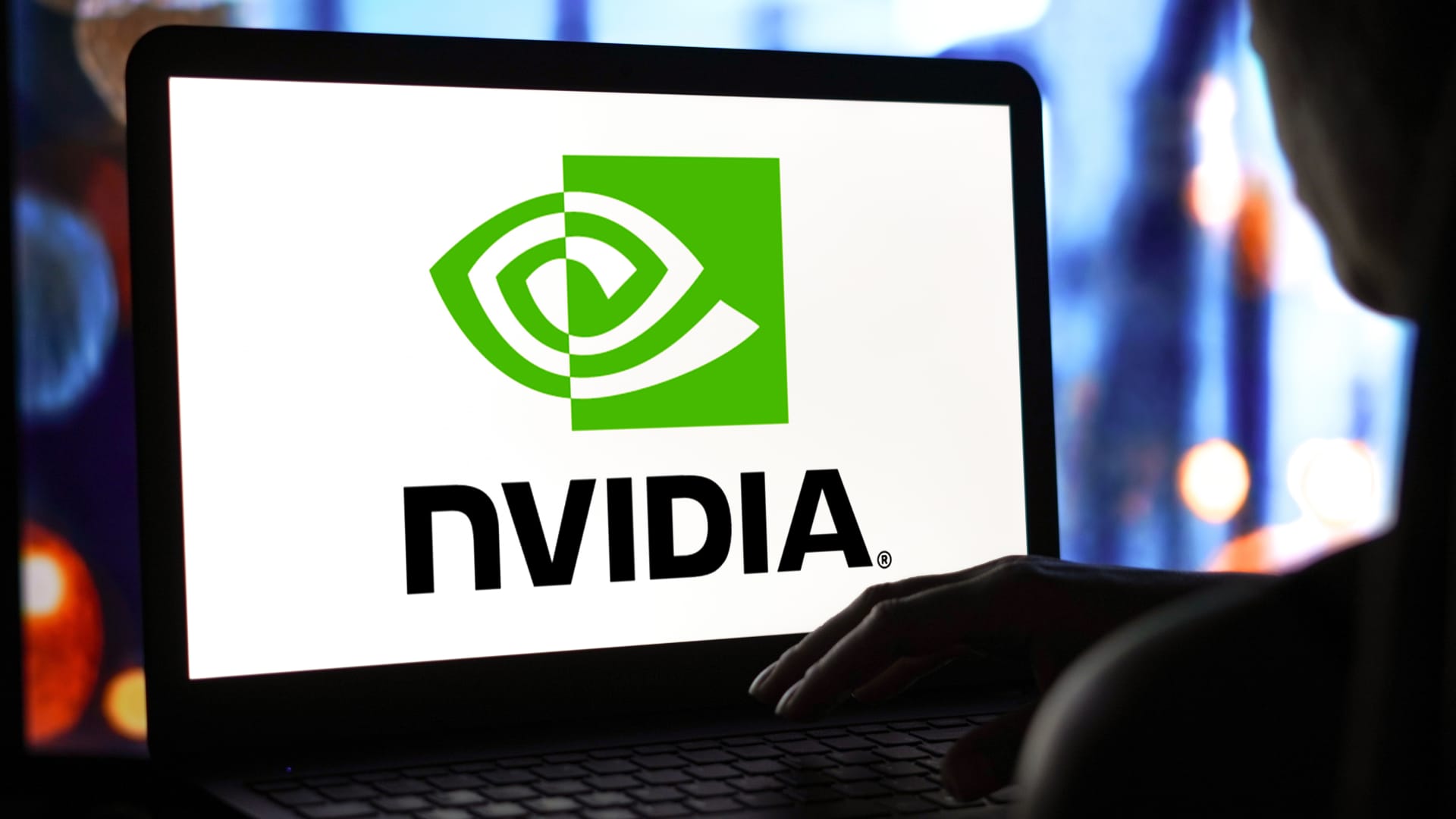Nvidia released its fiscal first-quarter earnings report on Wednesday, along with news of a planned 10-for-1 stock split. Shares in the chipmaking giant will begin trading on a split-adjusted basis when the market opens on June 10, according to a release.
The split announcement, along with better-than-expected financial results, were just the latest in a long line of good news for Nvidia investors. Shares sprung up by 7% at the opening bell on Thursday, pushing the share price over $1,000. Over the past 12 months, the stock is up 243%.
That investors tend to react positively to splits is more of a psychological phenomenon than one rooted in anything fundamental, says Sam Stovall, chief investment strategist at CFRA.
“People would rather buy 16 shares at $20 than four shares at $80, even though it’s the same — it’s just human nature,” he says.
Plus, a stock split announcement tends to coincide with strong recent financial performance, and could signal that the company believes more is on the way.
“It sends two messages — one, that they want the smaller, retail investors to participate in the rally, and two, that the company itself has confidence in its own earnings projections in order to maintain a lofty price,” Stovall says.
Stock splits don’t change a company’s fundamentals
While investors tend to view stock splits favorably, it’s worth noting that they do nothing to change a stock’s underlying fundamentals.
A company executing a split merely issues additional shares to current shareholders based on how many shares those people own. In a 2-for-1 split, investors receive two shares of stock for each one they own. Under Nvidia’s upcoming 10-for-1 split, someone who owned one share of the stock would wake up on June 10 with 10 shares.
Of course, as the term “split” implies, the share prices is divided by however many new shares are issued. Say you owned a $1,000 share of stock. After a 2-for-1 split, you’d own two $500 shares. A 10-for-1 split would result in 10 $100 shares.
“The earnings per share, the price-to-earnings ratio, the dividend yield all stay the same,” says Stovall. “The day after the split, you wouldn’t notice a change in your portfolio other than that the share price and number of shares had changed.”
While a lower share price has historically made it easier for retail investors to purchase shares, that’s not a huge deal anymore. Virtually every major online brokerage allows customers to trade fractional shares, meaning you can buy shares in Nvidia $10 at a time, regardless of the stock price.
In other words, if a split gets you interested in owning a stock, you should like the fundamentals too. After all, measures such as growth in corporate earnings are what ultimately drives stock prices.
Lately, the financial reports emanating from Nvidia have been pretty spectacular. The firm reported a 262% year-over-year increase in revenue in its fiscal first quarter, marking the third straight quarter with growth of more than 200%.
“Nvidia keeps blowing the lid off of analysts’ projections over the past year,” Stovall says. “Even with analysts readjusting their estimates, Nvidia still outperforms.”
Past performance is no guarantee of future results. To determine if you want to add Nvidia, or any stock, to your portfolio, consider the company’s potential to expand its business and boost earnings in the future.
Want to be a successful, confident communicator? Take CNBC’s new online course Become an Effective Communicator: Master Public Speaking. We’ll teach you how to speak clearly and confidently, calm your nerves, what to say and not say, and body language techniques to make a great first impression. Sign up today and use code EARLYBIRD for an introductory discount of 30% off through July 10, 2024.
Plus, sign up for CNBC Make It’s newsletter to get tips and tricks for success at work, with money and in life.
Read the full article here







